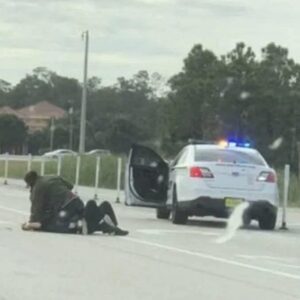Over the past weekend, a controversial incident in Vermont involving Vice President JD Vance and his three-year-old daughter has ignited a significant public debate about protest tactics, political discourse, and the intersection of family life and high-level political responsibilities. The encounter, captured on video and widely circulated on social media, shows pro-Ukraine demonstrators confronting the vice president and his daughter, raising important questions about public behavior, accountability, and the limits of political protest.
This article provides a detailed examination of the event, the context in which it occurred, and the responses from both the vice president’s team and independent commentators. We analyze the unfolding narrative, discuss the role of social media in shaping public perception, and consider the broader implications for political discourse in a highly polarized climate.
Background and Context
The Political Landscape
The current political climate in the United States is characterized by deep ideological divides, with partisan disputes frequently spilling over into public spaces. Incidents involving high-ranking officials are often amplified by social media, contributing to rapid public debates. The confrontation in Vermont is no exception; it comes amid heightened sensitivities over U.S. foreign policy—especially regarding the conflict in Ukraine—and domestic politics.





